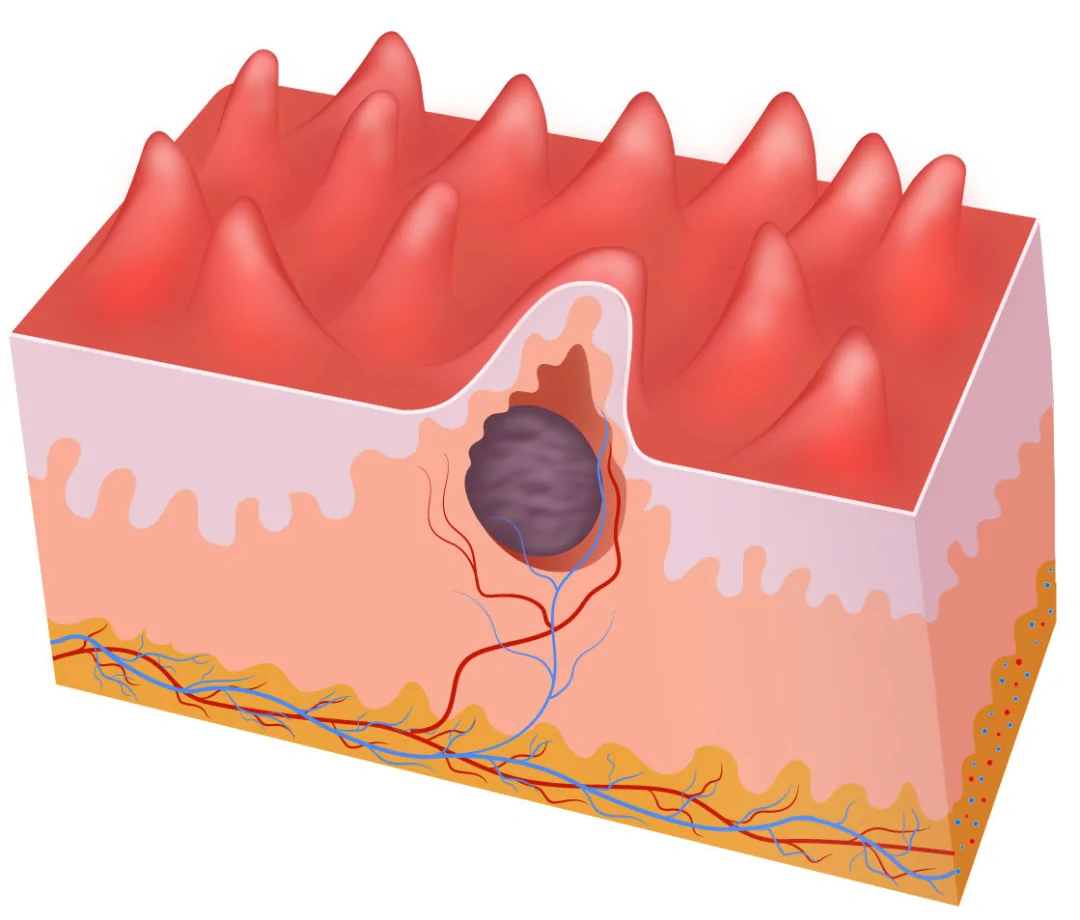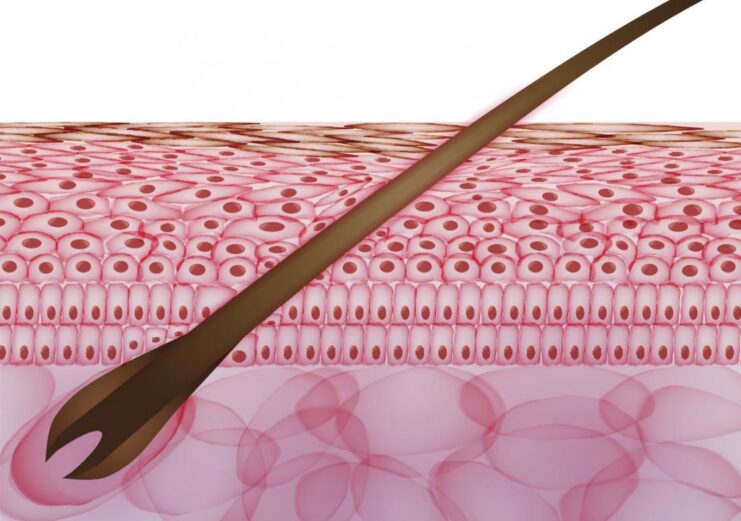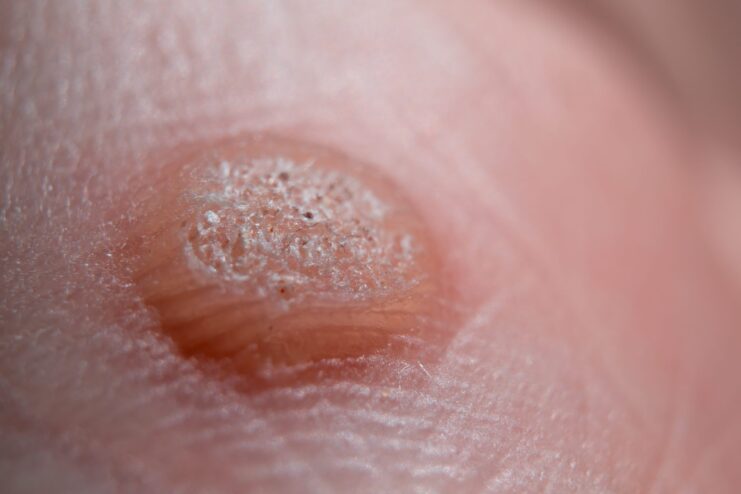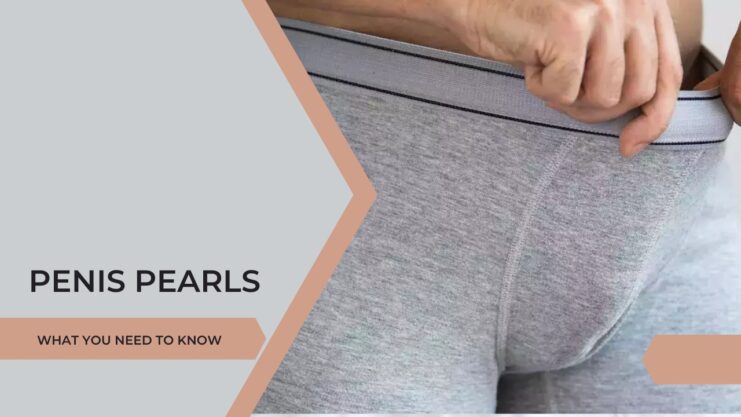Discovering lumps and bumps on your penis or scrotum can undoubtedly cause a wave of panic to wash over you. However, it’s important to remember that not all lumps are cause for concern. Many of these bumps are benign and don’t signify the presence of sexually transmitted diseases (STDs) or other health issues.
In this article, we’ll demystify some of the common lumps and bumps you might find on your penis or scrotum, distinguishing between those that are typically harmless and those that might warrant a visit to your doctor.
We’ll explore four types of benign bumps that you generally don’t need to worry about:
- Pearly Penile Papules
- Fordyce’s Spots
- Tyson’s Glands
- Angiokeratoma of the Scrotum
Remember, knowledge is power, especially when it comes to your health. By understanding what’s normal and what’s not, you can approach your sexual health with confidence and peace of mind. Let’s dive in and learn more about these common penile and scrotal bumps.
Pearly Penile Papules (PPPs)

These are small skin-colored bumps on the neck of the penis. It usually goes all the way round and you may even see several rows of them. They are smooth, glistening and dome-shaped. Once they occur, they will not go away but may become less noticeable with time. It occurs more frequently in uncircumcised men. They are completely harmless.
There is no need to treat Pearly Penile Papules. For people who are very keen to get rid of them, laser treatment is the best option. We first apply a numbing cream and leave it on for 1 hour. Once the area is numb, laser treatment is applied. Usually, only 1 treatment session is necessary.
After the treatment, there is very minimal discomfort. Full healing usually occurs in about 3 to 5 days. There is no pain after the procedure and the patient can go straight back to his usual activities.
Fordyce’s Spots

Fordyce’s Spots are small (1 to 3mm) slightly raised, white yellowish bumps found on the shaft of the penis. Similar spots can also be found on the lips. They are caused by oil glands and are completely harmless.
There is no need to treat Fordyce’s Spots. Some people are keen to get rid of them purely for cosmetic reasons. Laser and chemical peel treatments are effective but the spot always recur.
Tyson’s Glands
Tyson’s Glands are Fordyce’s Spots that are found on the head of the penis. They are frequently confused with Pearly Penile Papules. They are also entirely harmless and do not require treatment.
Angiokeratoma of the Scrotum
Angiokeratomas are small dark red painless bumps found on the scrotum. There are usually quite a few of them. They are completely harmless and are caused by many small blood vessels clumping together. If they get scratched off they can bleed quite a bit.
There is no need to treat Angiokeratomas. For people who are keen to get rid of them, laser treatment is the best option. A numbing cream is applied to the area to be treated and left on for about 1 to 1.5 hours. The angiokeratomas are then lasered off. Healing usually happens quickly over 3 to 5 days. There is no pain after the procedure and the patient can go straight back to his usual activities.
Penis Lumps and Bumps you need to see a Doctor about:
-
Warts
-
Molluscum Contagiosum
Warts

Warts are caused by a virus called Human Papilloma Virus (HPV). This virus is transmitted via skin-to-skin contact and is an STD. In women, it infects the cervix and can lead to cervical cancer. In people who practice anal sex, it can also infect the anal canal and cause anal cancer.
Warts are often described as cauliflower-like skin-colored growths. They can become quite big and are often multiple. Warts can appear anywhere in the genital or peri-anal area.
Warts need to be treated. There are many treatment options including creams, freezing, or laser treatment.
Warts can be prevented with a vaccine. This vaccine is available for both men and women.
Women with warts need to be screened for cervical cancer. People who have peri-anal warts need to be screened for anal cancer.
Anyone with Warts needs to be screened for other STDs.
Molluscum Contagiosum
Molluscum Contagiosum is caused by the Molluscum Contagiosum Virus. It is transmitted via skin-to-skin contact. It can also be sent via shared towels or clothing.
Molluscum appears as a small (5mm) dome-shaped, glistening, skin-colored bump with a small depression on top. It can be slightly itchy. About 1 in 10 people develop eczema around the Molluscum.
If left untreated, Molluscum eventually disappears on its own. This can take 6 months or more.
There are many treatment options for Molluscum. These are creams, surgical removal, or laser treatment. Because Molluscum can remain dormant under the skin for some time before surfacing, multiple treatment sessions may be necessary.
Sexually active adults with Molluscum should be screened for other STDs.
Final Words
In conclusion, it’s crucial to remember that not all lumps and bumps on the penis or scrotum are cause for alarm. Many are benign and pose no threat to your health. However, some bumps, like warts and molluscum contagiosum, are indicative of sexually transmitted diseases and require medical attention. The key is to stay informed and to seek medical advice when in doubt.
Remember, your sexual health is an integral part of your overall well-being. Don’t let fear or embarrassment prevent you from seeking the care you need. Stay vigilant, stay informed, and most importantly, stay healthy.












